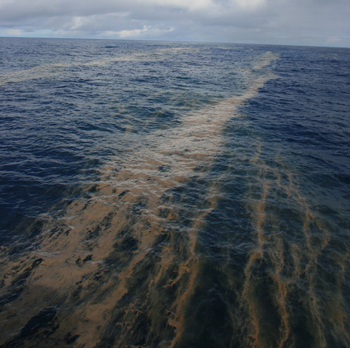Surface accumulation of the nitrogen-fixing microbe Trichodesmium in the South Pacific Ocean.
Click on image for full size
Courtesy of Pia Moisander
More than One: Long-Reining Microbe Controlling Ocean Nitrogen Shares the Throne
Scientists have been taking a close look at special types of bacteria that live in the ocean. These microbes may be tiny, but they play a big part in the nitrogen cycle.
The little round bacteria are able to change nitrogen from one form to another. They take nitrogen gas from the air and change it into the type of nitrogen that other organisms need to survive. Because these bacteria can change nitrogen, they are called “nitrogen-fixing bacteria”.
These nitrogen-fixing bacteria prefer to live in certain places in the ocean. Some types live in warm water of the tropics while other types prefer cool water found in the deep sea or near the poles. Since the nitrogen-fixing bacteria only live in certain parts of the ocean, nitrogen moves through the nitrogen cycle differently in different places.
The plants and algae in the ocean that do photosynthesis need nitrogen as a nutrient. These plants and algae are the start of food chains that include almost all life in the sea, except for the life around deep-sea vents. Nitrogen-fixing bacteria transform nitrogen from the air into a form that plants and algae can use, so they are very important for marine ecosystems.
Last modified May 21, 2010 by Lisa Gardiner.
You might also be interested in:

Eubacteria, also know as “true bacteria”, are microscopic prokaryotic cells. Cyanobacteria, also called blue-green algae, are Eubacteria that have been living on our planet for over 3 billion years. Blue-green
...more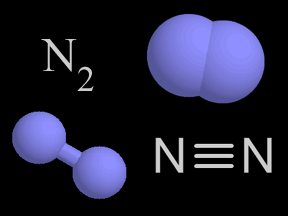
There is more nitrogen gas in the air than any other kind of gas. About 4/5ths of Earth's atmosphere is nitrogen gas! A molecule of nitrogen gas is made up of two nitrogen atoms. There are other molecules
...more
Kingdom Plantae contains almost 300,000 different species of plants. It is not the largest kingdom, but it is a very important one! In the process known as "photosynthesis", plants use the energy of the
...more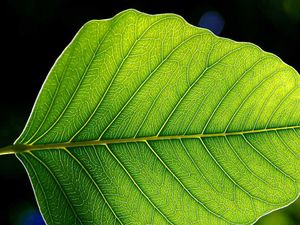
Photosynthesis is the name of the process by which autotrophs (self-feeders) convert water, carbon dioxide, and solar energy into sugars and oxygen. It is a complex chemical process by which plants and
...more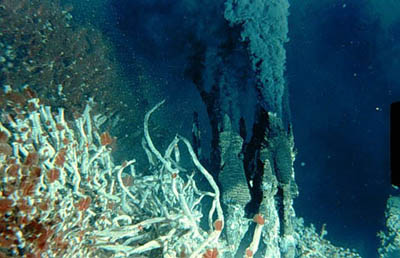
The deep ocean is very cold, under high pressure, and always dark because sunlight can not get down that far. Less life can survive in the deep ocean than in other parts of the ocean because of these conditions.
...more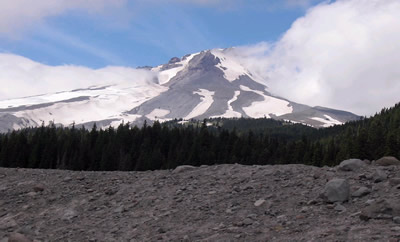
Scientists have learned that Mount Hood, Oregon's tallest mountain, has erupted in the past due to the mixing of two different types of magma. "The data will help give us a better road map to what a future
...more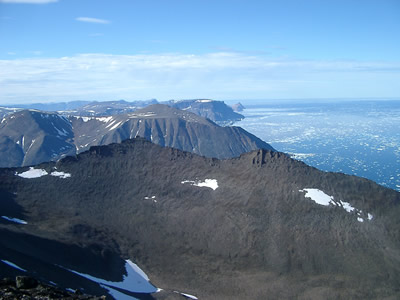
The Earth's mantle is a rocky, solid shell that is between the Earth's crust and the outer core, and makes up about 84 percent of the Earth's volume. The mantle is made up of many distinct portions or
...more


